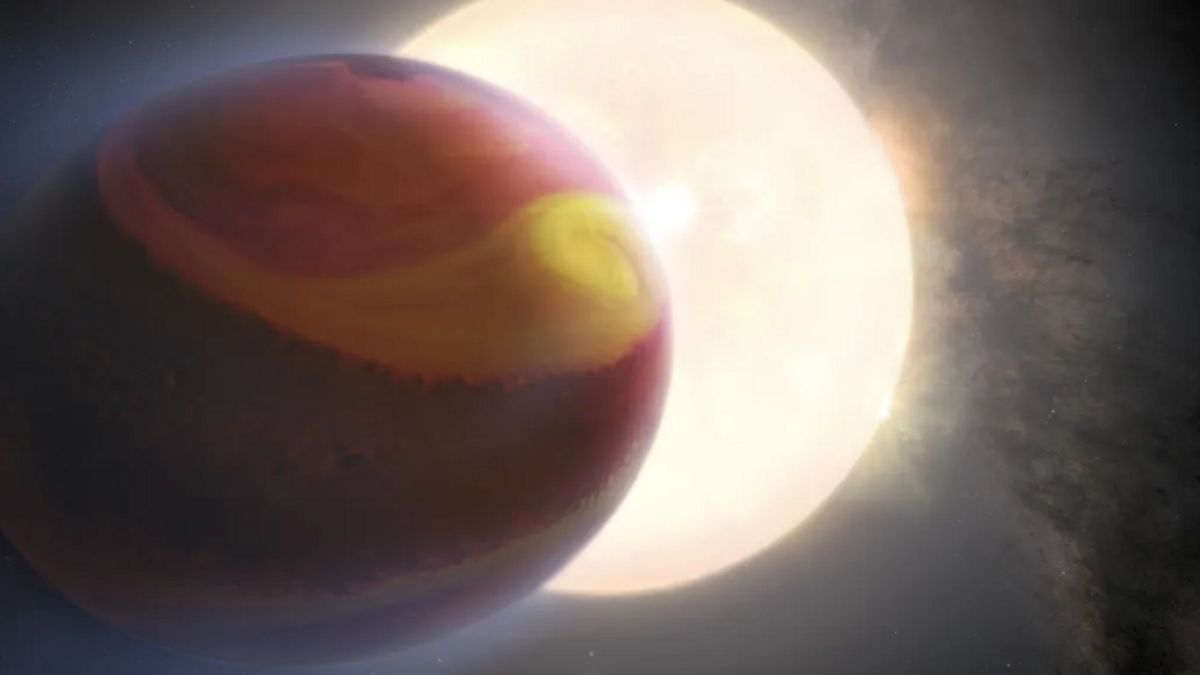JAKARTA Over the past few years, the United States Aeronautics and Space Agency (NASA) has continued to observe exoplanets. They collect data to look for signs of life.
One of the exoplanets they observed was WASP-121b or Tylos. Using the Hubble Space Telescope, NASA's international team of astronomers observed Tylos for three years, to be precise in 2016, 2018, and 2019.
The results of Hubble's observations show that Tylos' atmosphere continues to change. The team of astronomers suspected that this dynamic atmosphere was related to weather patterns so that they returned to observing Hubble data with advanced modeling techniques.
As expected by astronomers, there is a lot of weather detected in the WASP-121b atmosphere. Most likely, the planet experiences extreme weather such as storms and large hurricane winds that are repeatedly destroyed and formed due to temperature differences.
"This is a very interesting result in line with our progress in observing weather patterns on exoplanets," said a European Space Agency researcher at the Space Telescope Science Institute in Baltimore totaling Changeat, quoted by VOI from a NASA release.
According to Changeat, this weather detection is a very important discovery to understand the complexity of other exoplanet atmospheres. From the results of this study, astronomers can look for other exoplanets that are expected to be habitable.
SEE ALSO:
Other researchers from NASA's international team of astronomers have similar thoughts. According to Post-doctoral Researcher at the California Institute of Technology, Jack aired, weather discovery in WASP-121b could be used to observe other exoplanetary atmospheres.
Here we are making significant progress by combining observational constraints with atmospheric simulations to understand weather changes to the time on these planets (exoplanets), "explainedLAINE.
WASP-121b is only one of thousands of exoplanets NASA is currently observing. This Jupiter-sized planet is about 880 light-years from Earth. During the day, this very hot planet will reach 3,450 degrees Fahrenheit.
In certain circumstances, the upper atmospheric temperature can reach 4,600 degrees Fahrenheit. This is due to ultraviolet light from its parent star, hotter than the Sun, heating up the upper atmosphere and helping with its release process.
The English, Chinese, Japanese, Arabic, and French versions are automatically generated by the AI. So there may still be inaccuracies in translating, please always see Indonesian as our main language. (system supported by DigitalSiber.id)


















